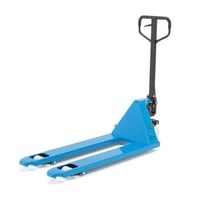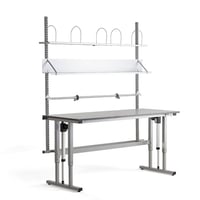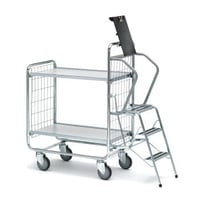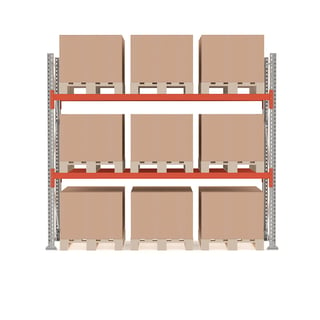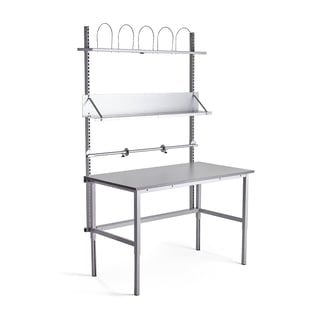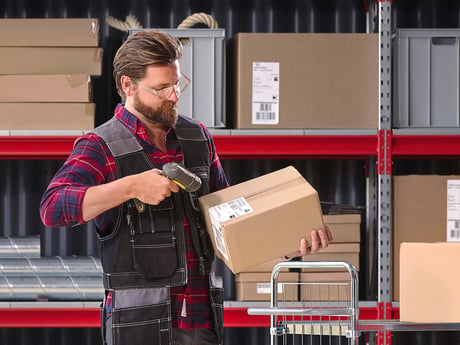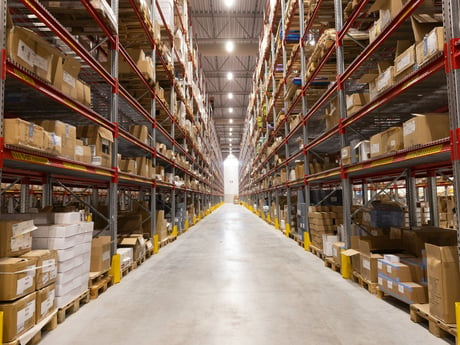- AJ Products IE
- Blog
- Tips & trends
- A productive day, a safe return: Building a warehouse that works for everyone
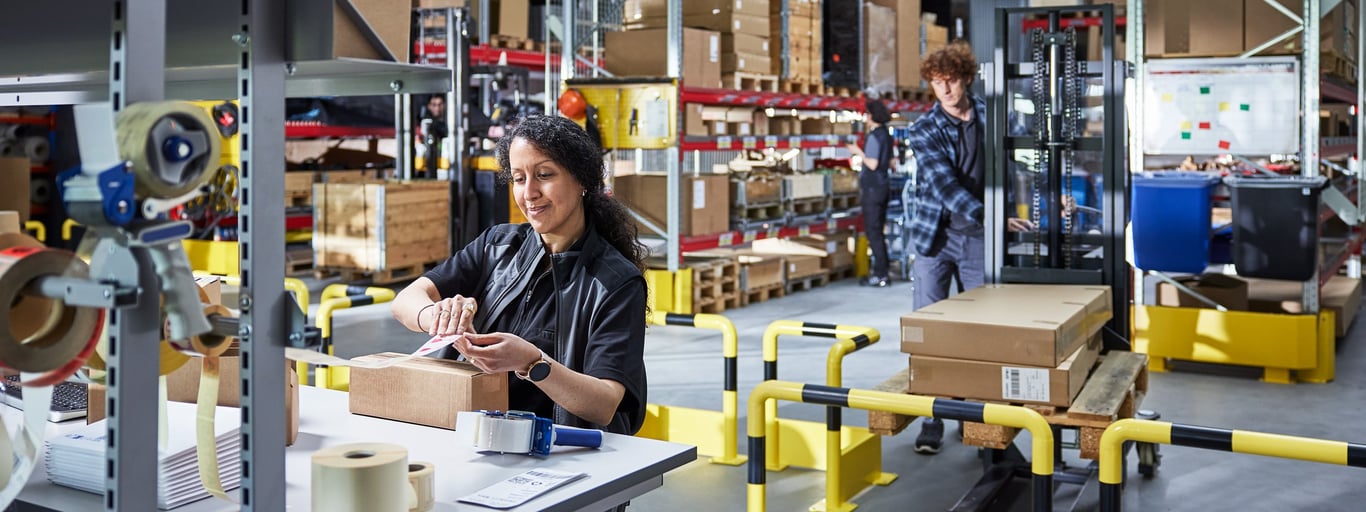
A Productive Day, a Safe Finish: Building a Warehouse That Works for Everyone
Reading time: 4 min. Warehouses are busy places, with many tasks happening at once and every minute counting. When the workflow breaks down, it can quickly become chaotic, exhausting and potentially unsafe. Staff may need to take unnecessary detours, lift heavy items more than required, and navigate stressful processes where small errors have big consequences. That’s why, at AJ Products we provide solutions to optimise every stage of warehouse operations. With careful planning, the right equipment and a focus on ergonomics, you can improve workflow, boost safety, and give your team the conditions to finish the day as well as they started it.
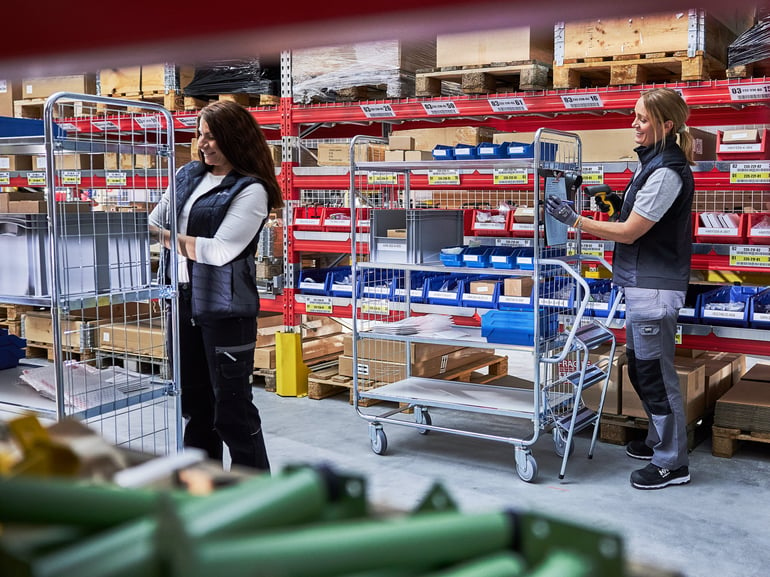
Create an Efficient Inventory Workflow
When goods, trolleys and staff move efficiently, the warehouse runs more smoothly. Plan the layout with clear zones, keep walkways unobstucted and position your best-selling items within easy reach and you will save both time and energy. A well-planned workflow reduces errors, limits stress and unnecessary lifting and creates a safer environment where it’s easier to maintain productivity throughout the day.
Poorly thought-out workflows often lead to stress and time pressure. That in turn can result in mistakes and sick leave.”
Johan Elamsson, AJ ProductsSafety Comes First
In a warehouse where people, trucks and goods are constantly on the move, clear boundaries, good visibility and the right protection are essential. A safe environment helps staff stay focused, avoid mistakes and feel good at work. By using mirrors, barriers and floor markings, it becomes easier to navigate the space, prevent collisions and reduce the risk of accidents. Safety underpins every aspect of warehouse operations and ensures that everyone can finish the day as well as they started it.
Tips for increasing safety:
- Use traffic mirrors to improve visibility at intersections and blind spots
- Set up collision barriers and safety bollards where there is a risk of collisions
- Use clear floor signs to separate walkways, truck routes and hazard zones
- Fit anti-collapse mesh and end guards on pallet racking to reduce the risk of accidents
- Place warning signs and information boards where they can be easily seen
- Make sure lighting is effective throughout the warehouse, especially in loading and unloading areas
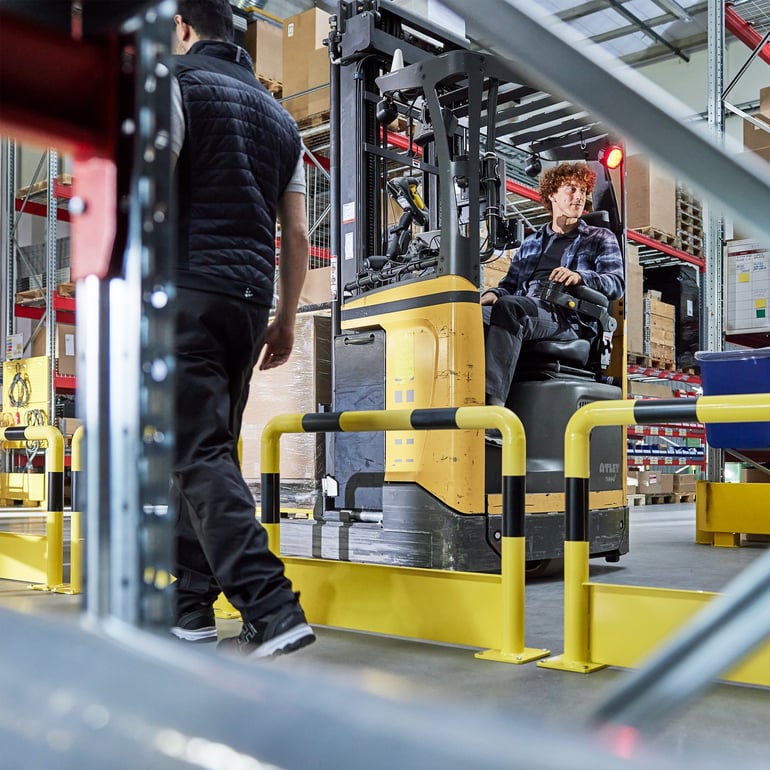
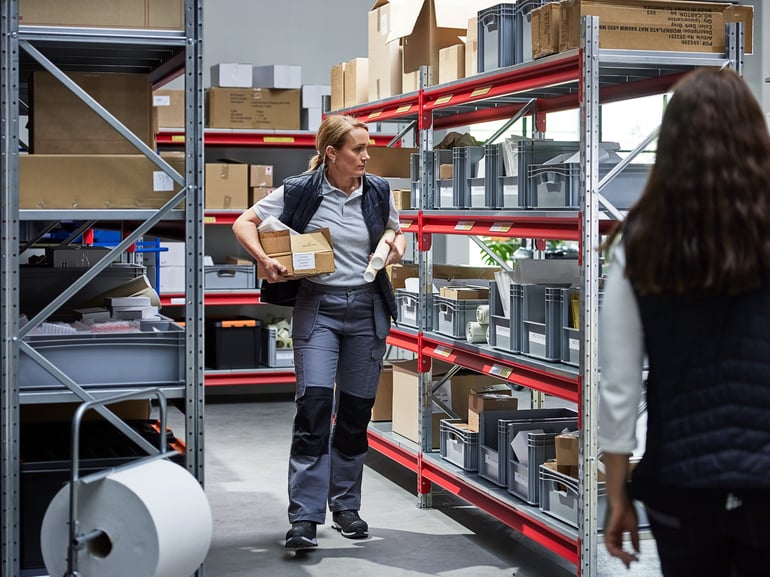
The Right Thing, in the Right Place, at the Right Time
Efficient warehouse management depends on everything having a clear place and being easy to locate. By creating defined zones, maintaining an effective fill rate, structuring shelves properly and clearly labelling each location, processes become faster and more streamlined. Adjust shelving to suit the size of your goods to avoid wasted space and free up valuable capacity. Keep best-selling items close to the dispatch area and avoid mixing products in the same location to reduce errors and speed up picking.
Tips for better structur and order:
- Make the most of ceiling height with tall pallet racking, while ensuring goods remain easy to reach
- Choose shelving that can safely store both light and heavy items
- Speed up picking with shelving systems accessible from both sides
- Use storage boxes to collect and organise larger goods
- Sort small items with picking bins for clear overview and easy access
- Aim for a fill rate of 80–85% to enable smoother handling and reduce bottlenecks
Ergonomics That Make Work Easier
Good ergonomics are essential for working safely and sustainably, helping to prevent injuries and reduce sick leave. In a warehouse where heavy lifting, repetitive movements and a fast pace are part of daily life, having the right set-up is essential. Well-designed equipment and practical aids that reduce physical strain make work easier, safer and more sustainable over time.
Tips for better ergonomics:
- Use height-adjustable packing tables to set up ergonomic workstations
- Choose adjustable workshop chairs that can be tailored to your body and the task
- Place ergonomic work mats at fixed workstations
- Use trolleys to move goods between zones
- Reduce heavy lifting by using pallet trucks, hand stackers and other lifting aids
- Store heavy items at waist height to minimise unnecessary strain
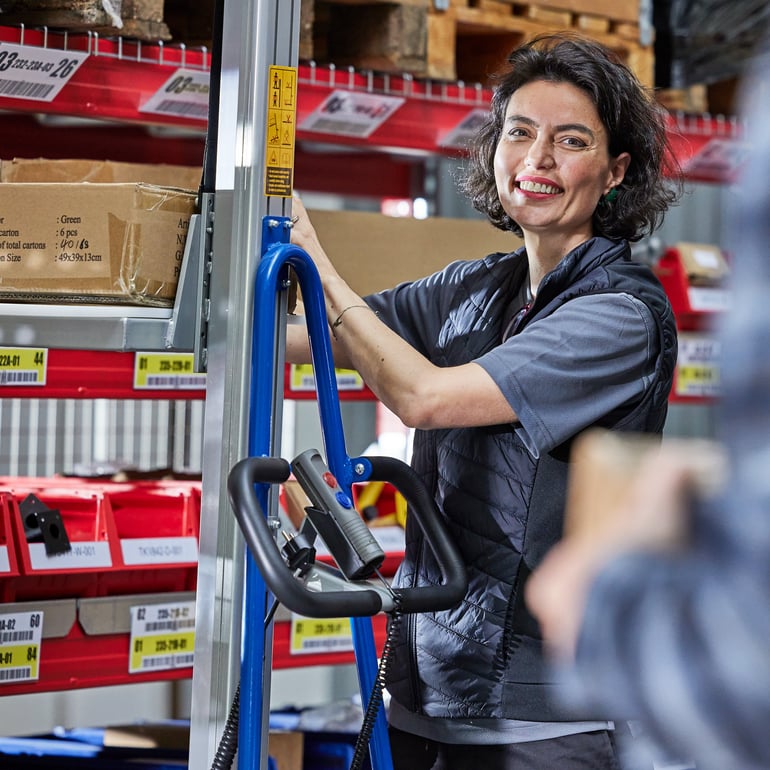
Products that relieve strain
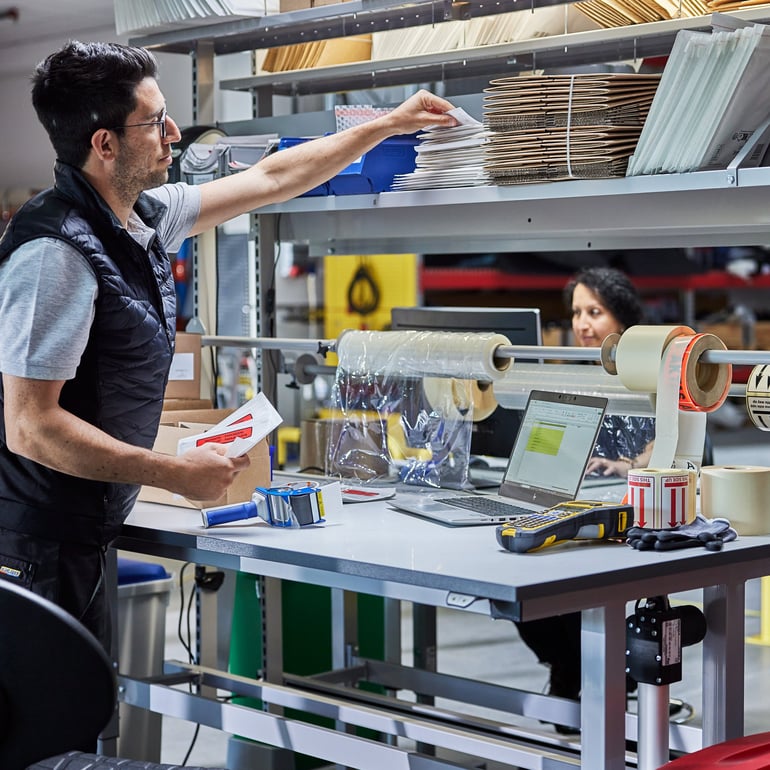
A Smooth Finish with the Right Packing Setup
Keeping the packing area clear and materials close to hand ensures the process runs as smoothly as the rest of the warehouse flow. It saves time, reduces errors and makes the final step as efficient as the first.
Tips for a more efficient packing:
- Use adjustable packing tables to set up a comfortable, efficient workspace
- Keep plastic bins within easy reach to stay organised
- Place picking boxes and packing materials nearby to save time and reduce clutter
- Position waste bins and tip skips at each station for quick disposal of packaging waste
- Move packages and materials easily between packing and dispatch with trolleys or roller conveyors
- Guide the flow with line marking and roller conveyors to prevent congestion and delays around packing areas
Explore our ergonomic range of office furniture:
€479.00
Excl. VAT
€309.00
Excl. VAT
More Tips From Our Experts
By optimising workflow, improving safety and supporting ergonomics, you can save time, reduce errors and give your staff the right conditions to perform at their best every day. Want more tips from our experts? Click below to read the full guide.
Need help? Ask our experts!
We at AJ Products are always available to help you with solutions suited just for your business. Contact us if you have questions on the choice of fabric, need some inspiration or want to know the alternatives that would best suit your premises. We can then tell you more about your choices.FAQ
Get the latest product launches and offers sent direct to your inbox
Do you want to receive exclusive offers, information about new products and inspiration on how you can improve your workplace? Sign up for our free newsletter and be the first to receive our best offers.Please wait...
*By clicking subscribe, I confirm that I have read the privacy policy.
